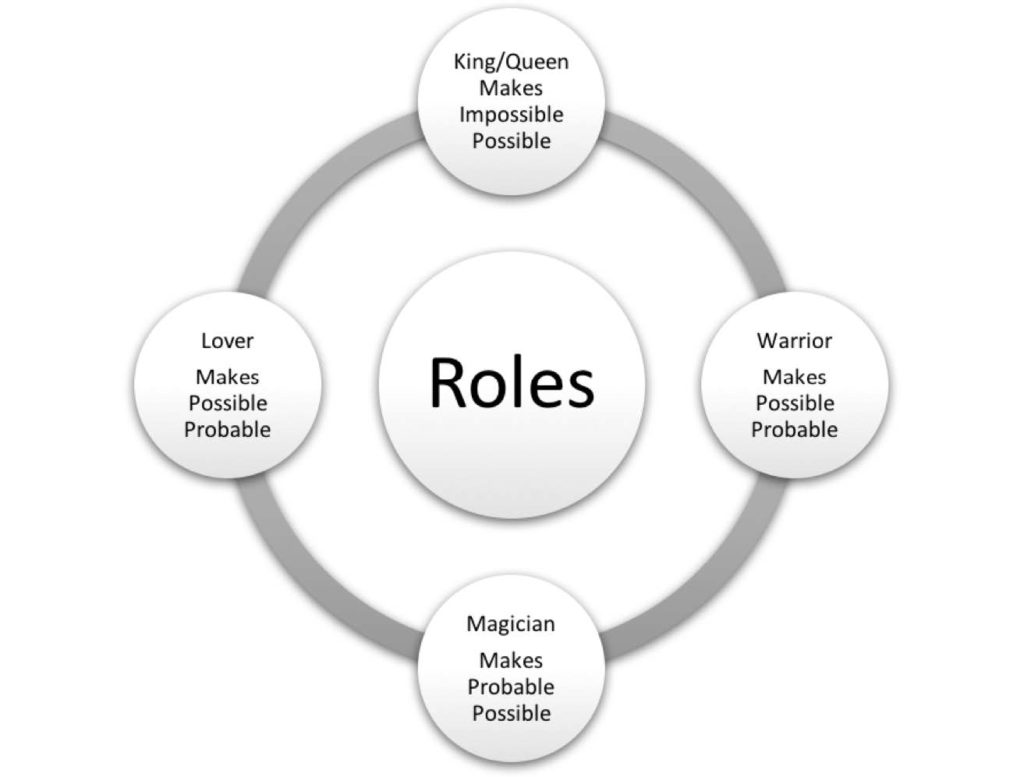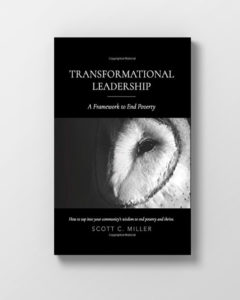Several leaders we work with like to use the following court roles as a metaphor. To be effective, organizations must have strong people playing the roles of King/Queen, Warrior, Lover, and Wizard.

King/Queen
The primary responsibility of the King or Queen is to download the initial vision and communicate it regularly to others so that it can be built upon through a shared vision involving the key stakeholders of an organization or community. John Kotter, author of Leading Change, speaks to the importance of creating a sense of urgency.
The Queen
or King cannot underestimate how frequently she or he needs to articulate his or her vision and eventually the shared vision. In most organizations, the King or Queen is played by the CEO, president, or executive director. In collaborative leadership, it can be an entire group of leaders who are playing this role in tandem with each other.
Warrior
Every organization is vulnerable. Its weaknesses must be monitored and addressed by the Warrior. Unexpected threats arise, and it is the role of the Warrior to take responsibility to protect the organization. Too often this role is left to the King or Queen, which is inappropriate. It is too difficult to effectively lead and protect at the same time. The Warrior role is typically played by the CFO, executive assistant, and/or COO. His or her job can also include protecting the King or Queen from himself or herself as needed. Obviously, there is a strong level of trust between Warrior and Queen or King.
Lover
Lovers are the ones who attract others to the organization. They typically work in sales, fundraising, marketing, communications, and community engagement positions. Lovers are those you want to be around, join with, and have ongoing interactions with throughout a process. They are very easy to get along with and will go out of their way to help you.
Wizard
The Wizard develops and maintains the magic that an organization creates in products and services. He or she is the one generating the value added for the world. The Wizard(s) can be the chief technology officer, services or products manager, chief designer, etc. Because the Wizard is producing on behalf of the organization what the world is buying, it is easier for the Wizard to confuse his or her role with the King or Queen than for the Lover or Warrior. When and if that happens, the King or Queen must immediately assert his or her role and reset the boundaries to eliminate confusion.
The more able we are to understand these personality traits in ourselves and others, the easier it is for us to build a conscious leadership team that is capable of functioning at a high enough level to bring about transformations. Does your organizational leadership team possess each of the archetypal roles: King/Queen/Warrior/Lover/Wizard? If not, how can you bring someone onto your team to play these crucial roles?
Learn more: Transformational Leadership: A Framework to End Poverty ~ By Scott C. Miller
To learn more about Scott Miller, please see his website here.

